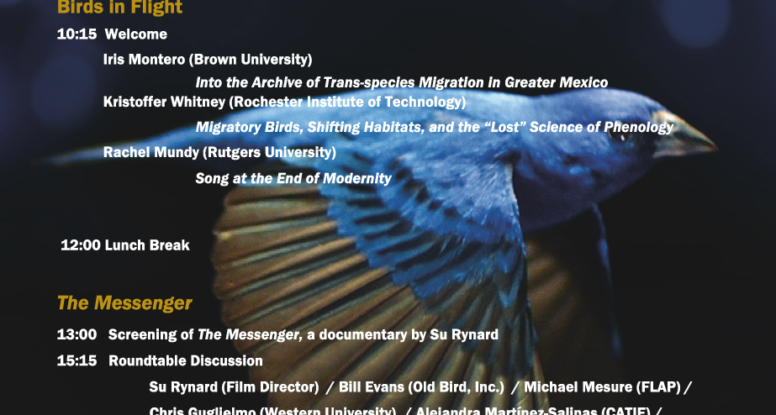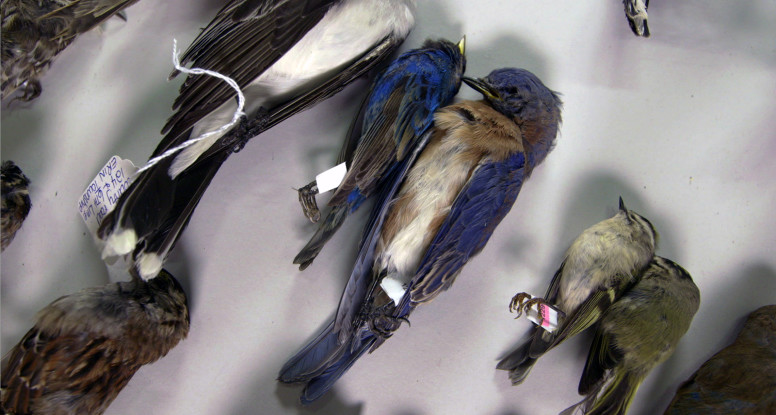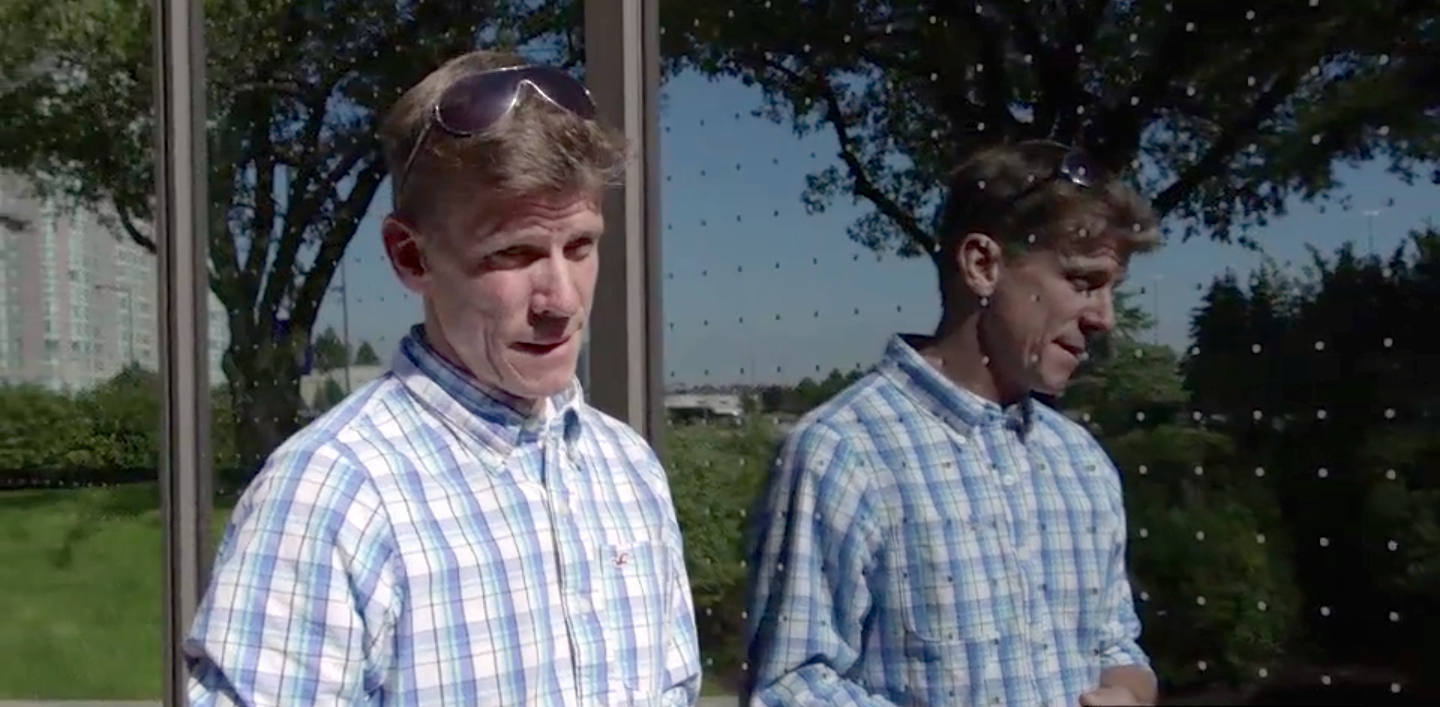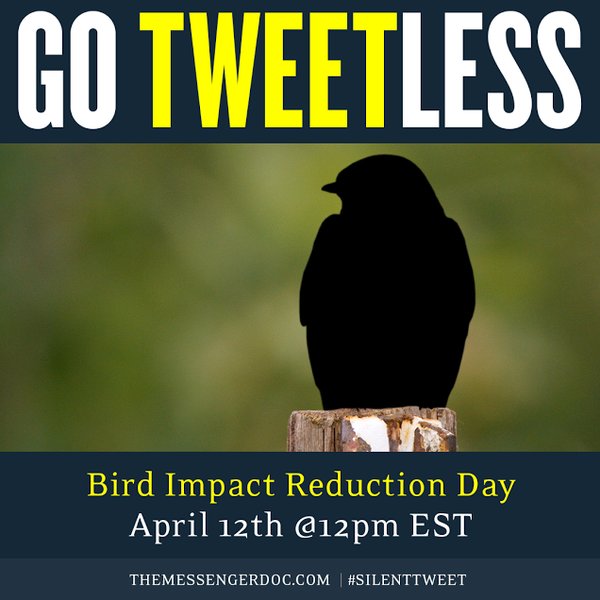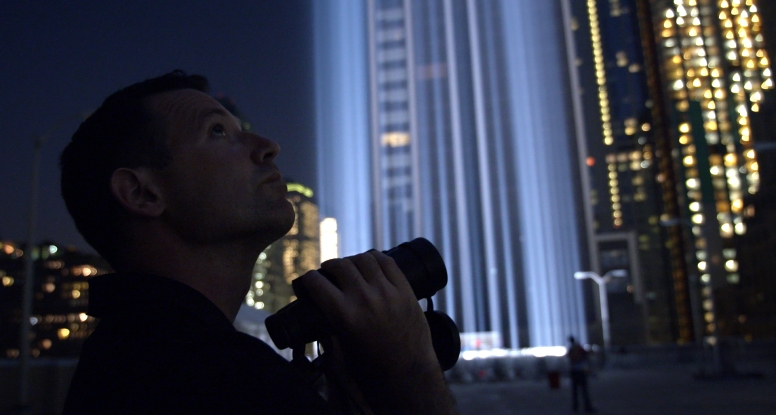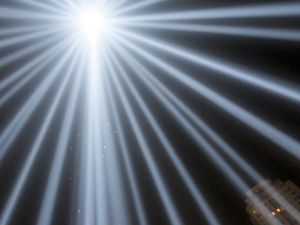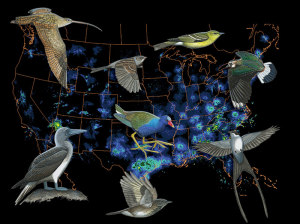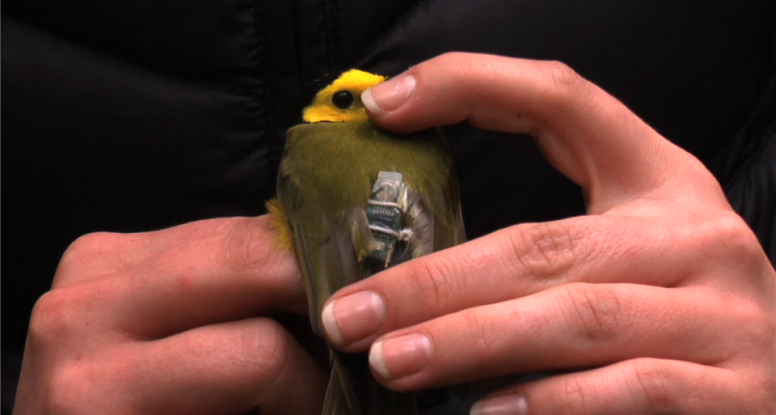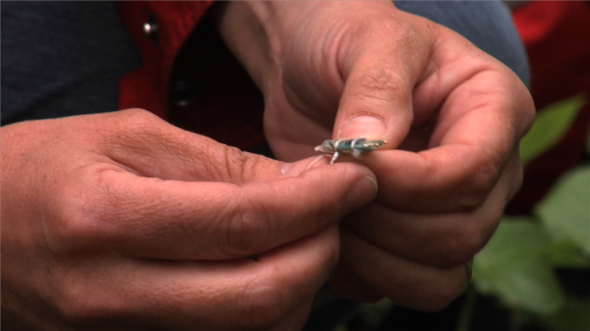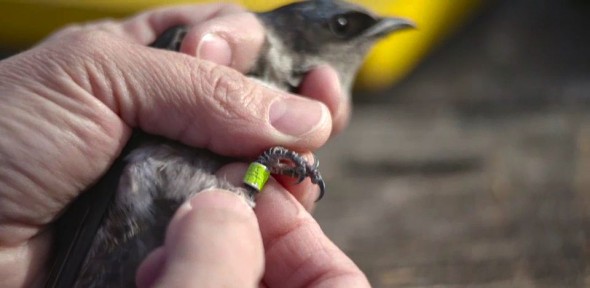The Jackman Humanities Institute Program for the Arts presents:
Heeding The Messenger (Songbirds and the Scale of Climate Change)
Friday Nov 6, 2020
in cooperation with the IHPST, Victoria University, and Cinema Studies Institute,
University of Toronto
Heeding the Messenger is a one-day interdisciplinary event inspired by, and culminating in, a screening and round table discussion of Toronto film-maker Su Rynard’s 2015 documentary film The Messenger. Echoing the mythical role of birds as divine messengers, the film sets out to discover what we should learn from the recent and rapid decline of migrating songbirds around the globe. In concert with scientists, naturalists, activists, museum curators and concerned citizens, Rynard follows the migration routes of songbirds to critical points of observation–from downtown Toronto to deforested Costa Rica, drought-ridden Turkey, and Manhattan’s 9/11 memorial–seeking insight into the ecological and environmental causes and consequences of songbirds’ decline.
Heeding the Messenger brings together STS and sound studies scholars, participants in Rynard’s film, and the director herself to explore the themes and issues raised in the film and by the plight of songbirds in general. Engaging local and global perspectives, speakers and participants will speak to multiple aspects of contemporary climate change, offering a multivocal and multifaceted account of affective and ecological dimensions of the Anthropocene.
Birds in Flight
10:15 Welcome
Iris Montero (Brown University) Into the Archive of Trans-species Migration in Greater Mexico
Kristoffer Whitney (Rochester Institute of Technology) Migratory Birds, Shifting Habitats, and the “Lost” Science of Phenology
Rachel Mundy (Rutgers University) Song at the End of Modernity
12:00 Lunch Break
The Messenger
13:00 Screening of The Messenger, a documentary by Su Rynard
15:15 Roundtable Discussion
Su Rynard (Film Director) / Bill Evans (Old Bird, Inc.) / Michael Mesure (FLAP) / Chris Guglielmo (Western University) / Alejandra Martínez-Salinas (CATIE) / Çağan H. Şekercioğlu (University of Utah) Bridget J. Stutchbury (York University)
17:30 Conclusion
All events are free and everyone is welcome. Please register here: https://messenger.eventbrite.ca to receive the link to the online event and documentary screening
Event organized by Lucia Dacome, Angelica Fenner and Rebecca J.H. Woods in collaboration with Oana Baboi and Sarah Qidway.
Lucia Dacome is an Associate Professor and Pauline M.H. Mazumdar Chair in the History of Medicine in the IHPST. Angelica Fenner is an Associate Professor in the Cinema Studies Institute at Innis College and in the German Department of St. Michael’s College. Rebecca J.H. Woods is an Assistant Professor in the Department of History and in the IHPST.

